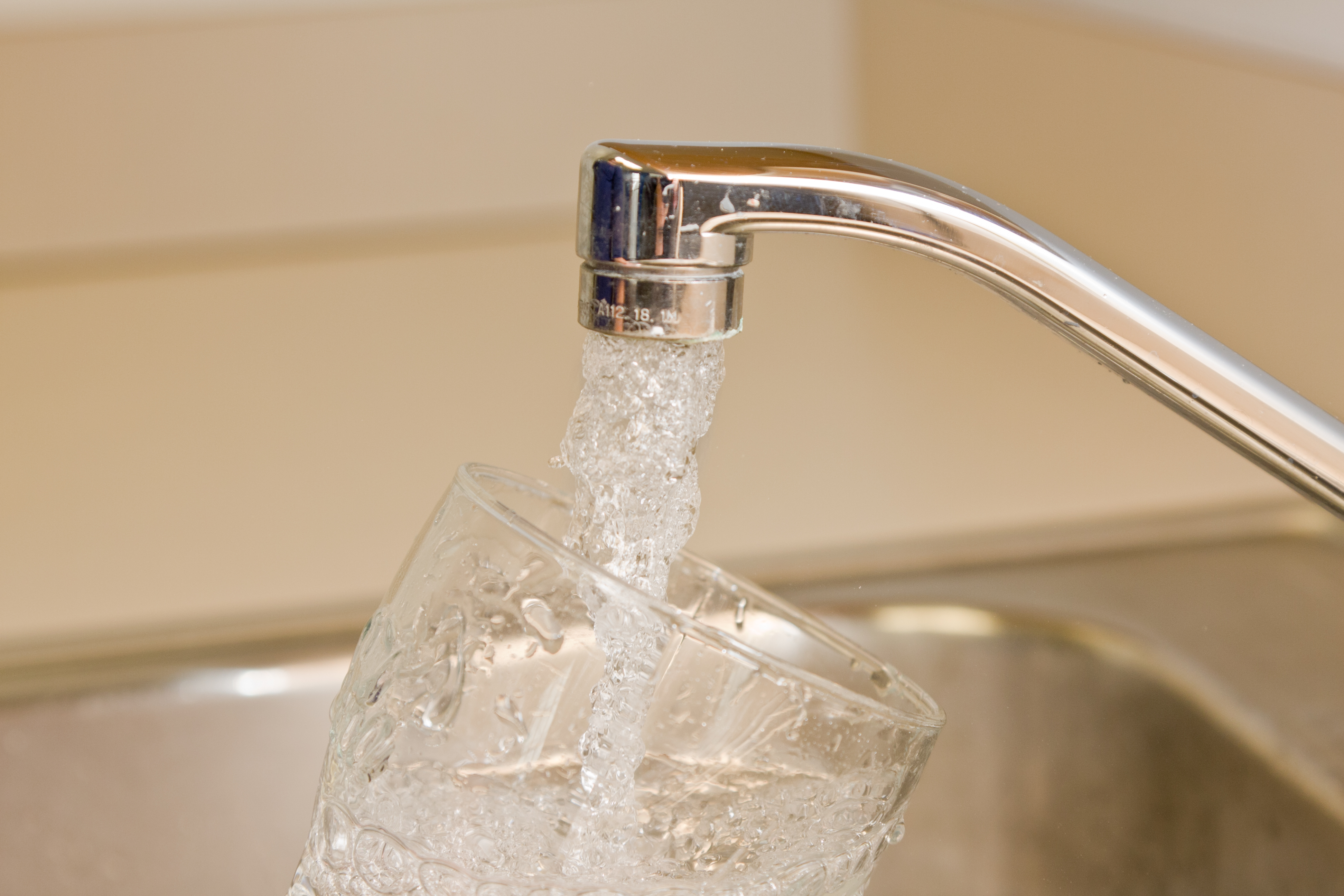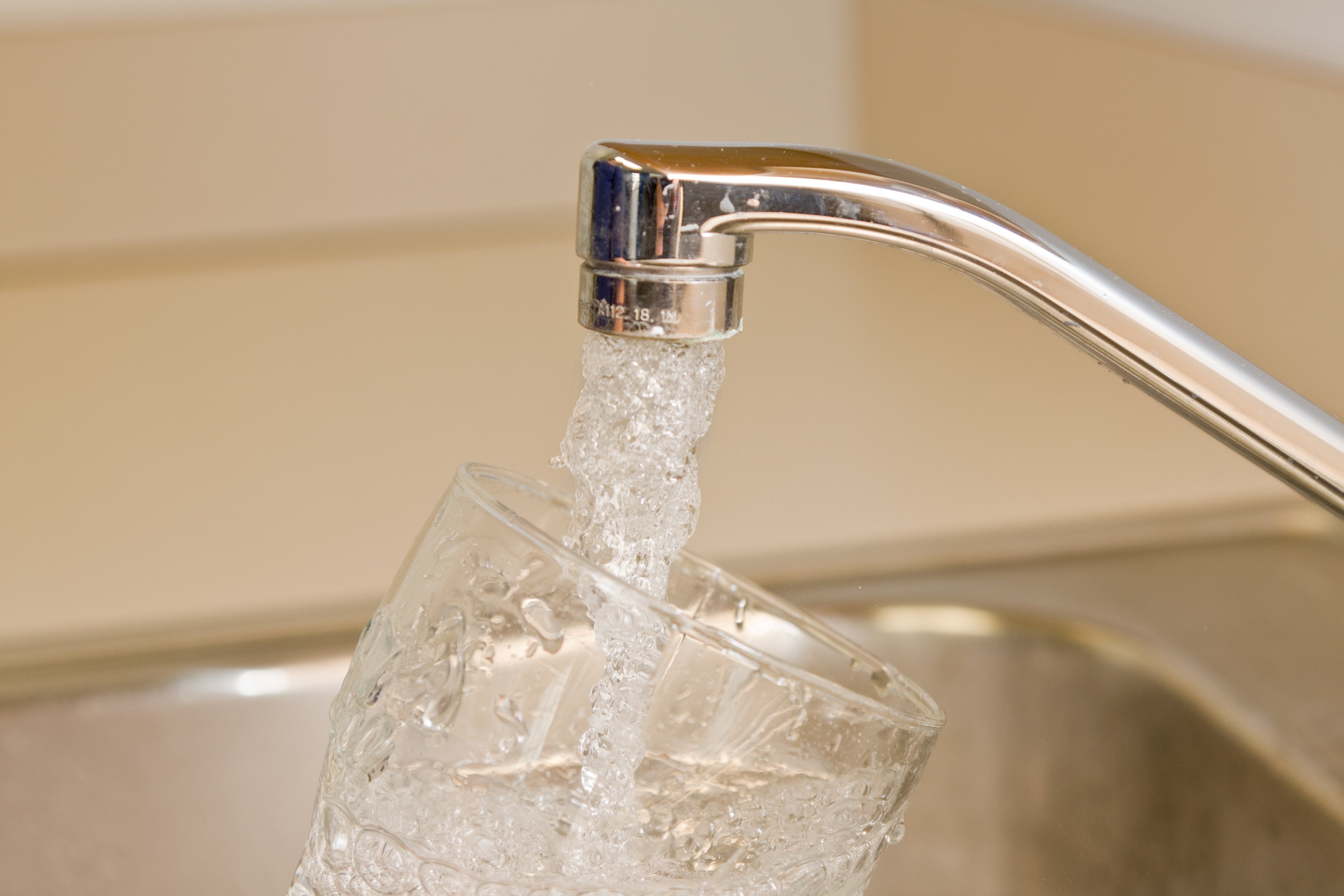 How are you doing with your to-do-list? Are you getting bogged down with tasks related to this cold, snowy weather such as boil water advisories, low water pressure, or water service shutoffs caused by water main breaks? No worries! Before you know it, temperatures will warm, and you will be able to address those tasks further down on your list such as the Consumer Confidence Report. We are here to help you tackle this task.
How are you doing with your to-do-list? Are you getting bogged down with tasks related to this cold, snowy weather such as boil water advisories, low water pressure, or water service shutoffs caused by water main breaks? No worries! Before you know it, temperatures will warm, and you will be able to address those tasks further down on your list such as the Consumer Confidence Report. We are here to help you tackle this task.
A Consumer Confidence Report (CCR) or Annual Drinking Water Quality Report (as they are also referred to) is a document prepared annually by community water systems to provide customers information about the quality of drinking water. The CCR is mandated by the Safe Drinking Water Act and made available to drinking water customers prior to July 1 each year.
Want ideas on how to best inform your customers? Here is some information we find helpful when putting together reports for our clients.
Drinking Water Violations: Provide a Public Notice
The United States Environmental Protection Agency (EPA) requires community water systems to comply with state and local drinking water-related rules. Failure to comply may result in a violation, which could lead to corrective action. Use the CCR to submit a public notice if your system has received a violation.
In addition to the State’s required language, you may also wish to:
- Describe the violation or failure to comply;
- Provide customers with instructions (e.g. seek alternative water supply, consult doctor, no follow-up action necessary, etc.);
- Inform customers how the violation or failure to comply affects the water supply and public health;
- Tell customers what happened, what is being done and when you expect to be back in compliance; and
- Include contact information (responsible official, phone number, email address, physical address, etc.).
Source Water Assessment and Wellhead Protection
If the community water supply has received a Source Water Assessment, EPA requires the CCR contain a brief summary of the susceptibility to contamination of the local drinking water supply. Use this as an opportunity to discuss the community’s Wellhead Protection Plan, if applicable. Be sure to provide the physical address where customers may access the Wellhead Protection Plan (i.e. Town Hall/City Building, Utilities Office, etc.).
EPA requires that CCRs are comprised of, at a minimum, community water system contact information and EPA’s Safe Drinking Water Hotline. You might find the following information beneficial to include as well.
- Drinking Water Supervisor/Superintendent name and contact information;
- Physical address of Town Hall or Utility Building;
- Community/utility website; and
- Date and times of regularly scheduled community or utility board meetings.
CCR Distribution
Although you may choose to hand-deliver or mail the CCRs via the U.S. Post Office, you have the option to distribute CCRs electronically. Here are some cost-saving alternatives to consider.
- Attach the CCR as a PDF file and email directly to customers.
- Provide a link to a web page that contains the CCR. This link must take the customer directly to the CCR document.
- Provide an explanation and web page link on the customer’s utility bill.
Notifying customers via automated phone calls or through Social Media such as Facebook or Twitter are not acceptable.
Tips to Protect the Drinking Water Source
We believe a comprehensive program of pollution prevention is everyone’s responsibility. By sharing this information with your drinking water customers, you help ensure your community will have a safe water supply now and in the future. Here are some suggested tips to provide your customers.
- Reduce the use of hazardous chemicals (i.e. fertilizers, pesticides, and/or other chemicals);
- Use organic lawn and garden alternatives as opposed to synthetic chemicals;
- Make use of local recycling opportunities (i.e. used oil, batteries, other wastes.);
- Provide information for the nearest Household Hazardous Waste collection center; and
- Respond promptly to chemical spills; do not allow chemicals to soak into the ground.
For additional information regarding basic requirements of the CCR rule, visit EPA’s website or call the Safe Drinking Water Hotline at 1.800.426.4791.
Feeling better about that to-do-list now? You are now one step closer to creating a useful and user-friendly drinking water quality report – perhaps your best one ever!
Tags


